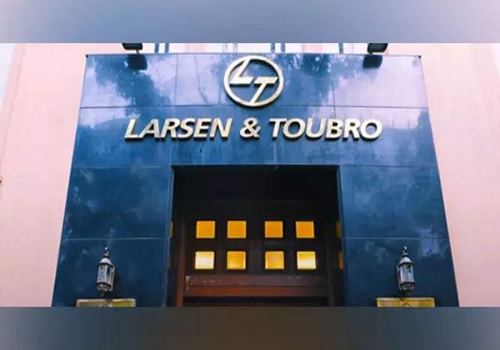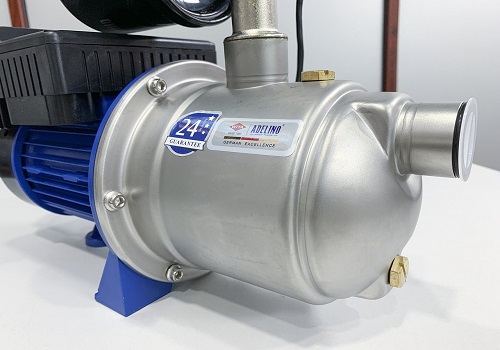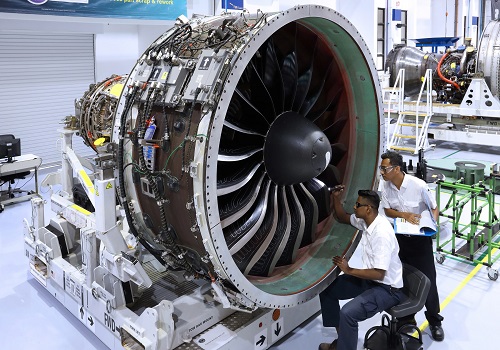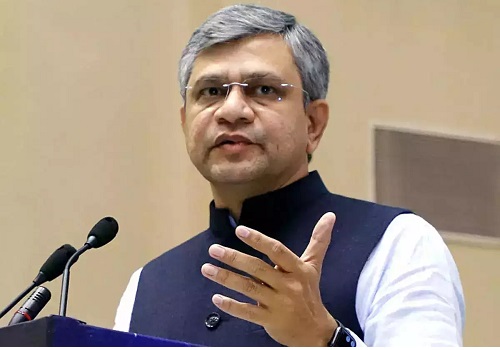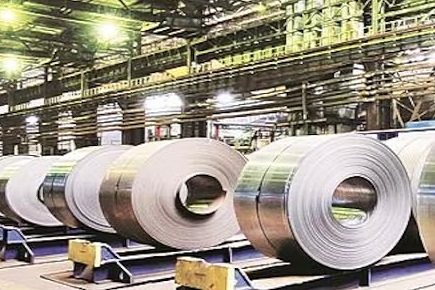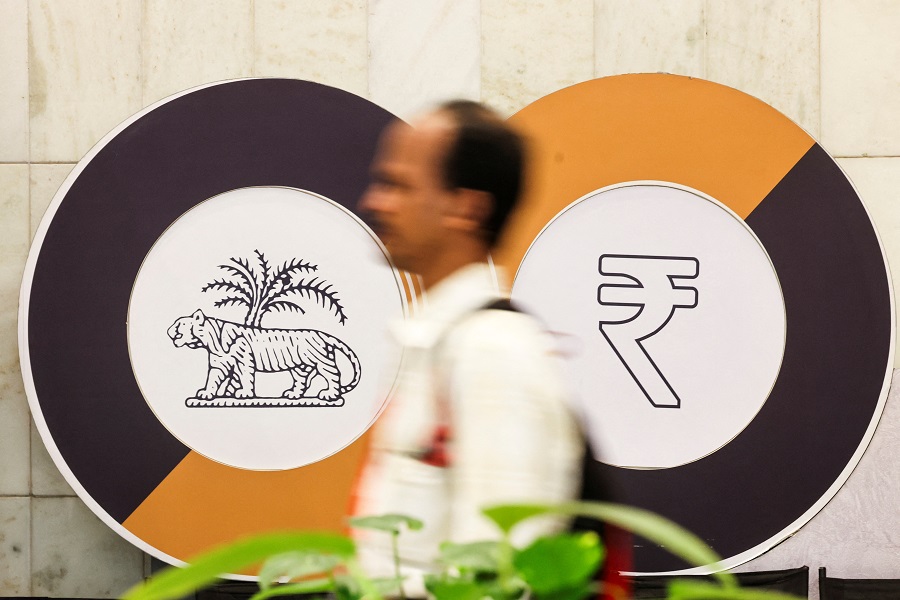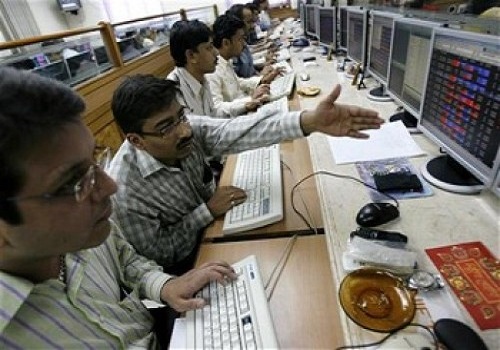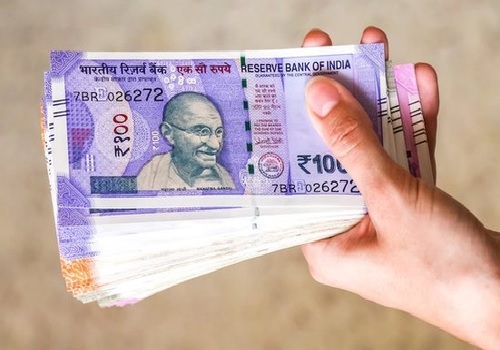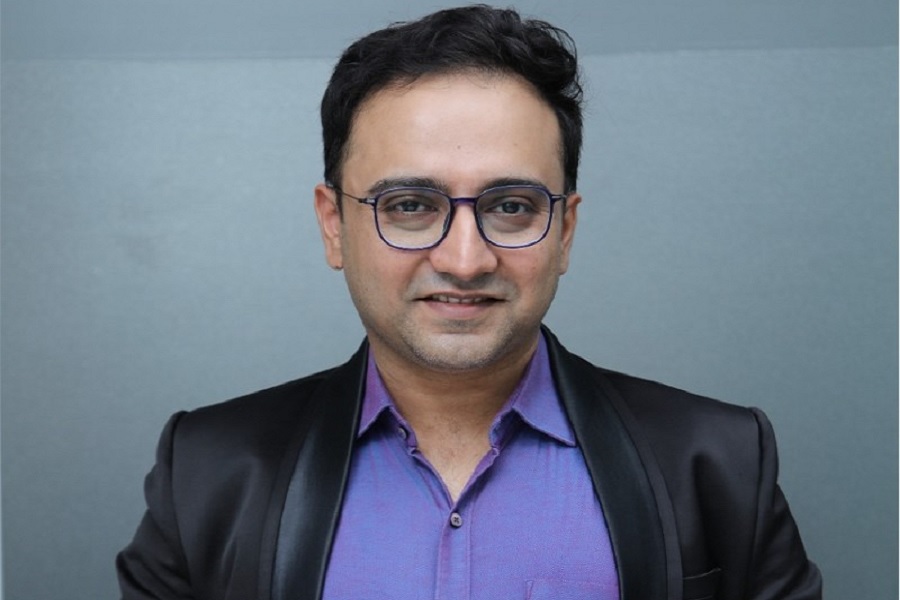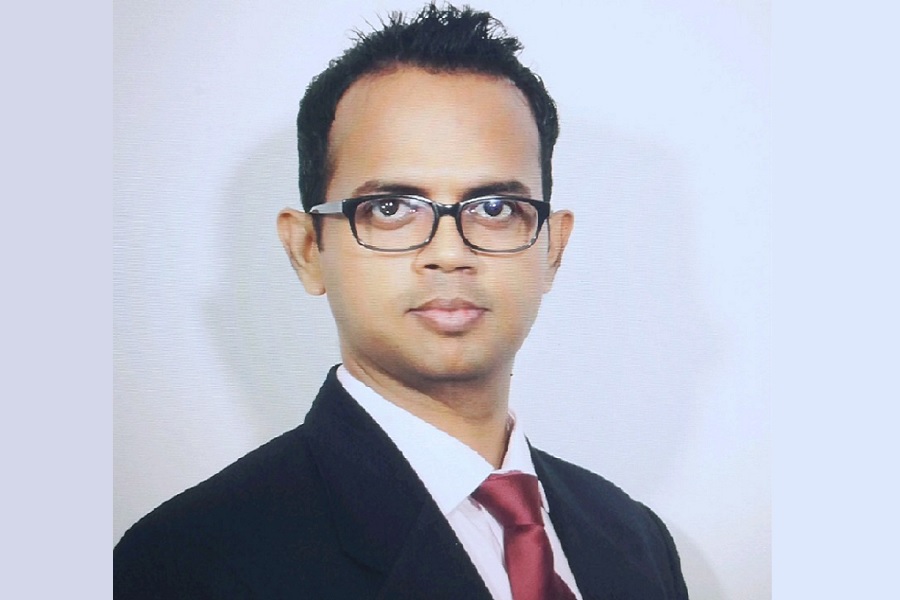Bharat in Amrit Kaal : Key Message by Mr. Navneet Munot, and Mr. Chirag Setalvad, HDFC AMC
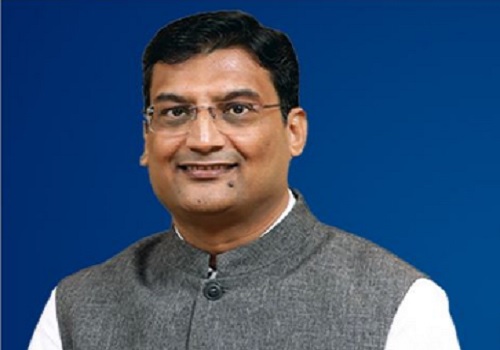
While the world grows more uncertain to highlight the environment of the world, Mr. Munot said:
“We are indeed in a world with radical uncertainty. All I can say about the world with certainty, is continuity of uncertainty!”
The world continues to see challenges in terms of geopolitics (China, Ukraine-Russia, Israel-Hamas, Armenia-Azerbaijan conflict among others), macroeconomics (high inflation, interest rates, debt levels, rating downgrades, challenges for Chinese economic growth among others), and demographic challenges across the world. The world is undergoing major technological disruption too, along with the threats relating to climate change. In such an environment, India continues to shine.
* It led the G20 with a highly inspiring motto – Vasudhaiva Kutumbakam – One Earth · One Family · One Future.
* India’s demographic advantages stand strong – most populous nation, with a median age below 30.
* Policy prudence, structural reforms and agile execution have led to macro stability, financial stability, and increase in the growth potential of the economy. Indian markets have therefore been less volatile than peers.
* India recently became the 5th largest economy, and is now the 5th largest in terms of market cap as well.
* Corporate and Bank balance sheets are today in very good shape to support growth and provide resilience.
* Long awaited inclusion in the JP Morgan Bond Index has happened, and should lead to structurally higher forex flows.
* We are building high quality physical infrastructure like never before, with government capex as a % of GDP at a multi-year high.
* Rapid pace of digital infrastructure development and adoption bodes well for a better connected India.
* De-globalisation is offering India the opportunity to emerge as a reliable and trustworthy manufacturer. Gains are already visible in key spaces such as Defence, Electronic Goods, Chemicals, Pharmaceuticals, Textiles and Light Industrials.
* Domestic investor flows have reduced the vulnerability emerging from global outflows – while FPIs sold Rs 1.7 Lakh crores during April 2021 and March 2023, domestic investors via mutual funds invested approx. Rs 3.5 Lakh crores into the Indian Equity markets in the same period.
* While rise in SIPs is heartening, there is a large potential for mutual funds to increase their presence in the country with mutual fund investors still around 4 crore. Rising share in new accounts and SIPs by areas beyond the Top 30 cities, also known as B-30 areas, gives hope of increased penetration.
* Notwithstanding the current trends, FPI investments could actually be larger on a structural basis. FPIs have been net investors in 25 out of past 30 years. This high proportion is firstly due to the confidence in the growth opportunity with stable macros, and secondly due to the presence of a wide universe of well-managed, high growth and investor friendly listed companies. Another dimension to this list of favourable factors for FPIs is the evolution of a vibrant and consistent domestic investor bas
With these factors emerging in the first year of its Amrit Kaal, India could stand strong. Apart from economic strengths, our progress from sports to space are shining examples of the renewed confidence.
Key messages from Mr. Chirag Setalvad, Head-Equities
Robust economy with external risks, invest sensibly
On the Indian Economy:
· India’s growth outlook stays strong, and that is positive for corporate earnings and equity markets. Recent indicators of growth are robust. Investment story is also robust, with government and household capex being high, and corporate capex now showing signs are improving. What’s not as strong is the consumption story, especially on the rural front. External facing sectors such as IT also are seeing low growth.
· Themes such as formalisation, greater capital investments, China +1, banking sector health, housing sector improving affordability and their benefits have been discussed for some time, but a lot of developments can be seen on these.
· Key risks to India are more global in nature, such as high inflation and interest rate risks, geopolitical risks, and political uncertainty. While we are relatively insulated because of a large domestic market, Chirag highlighted that a significant portion of GDP comes from exports - ~30%. In fact, approx. 50% of the Nifty50 Index profits come from export linked sectors and companies such as Information technology, Pharmaceuticals, Metals, and so on.
On Equity Markets:
* Long term highlights: we have seen a substantial increase in India’s share of world market cap from 1.8% in December 2013 to 3.6% in September 2023. With this, we are now a market that’s difficult to ignore for world investors. The number of billion dollar companies have mushroomed from 164 in CY13 to 468 in CY23.
* Largecaps: large caps which constitute 70% of the market, have underperformed in the recent rally by mid[1]and small-caps. Current valuations of about ~18x forward PE for largecaps are a 5% premium to long term averages, and seems reasonable given the macro-strengths from India. We continue to remain constructive on the largecap space on account of valuations discount vs Indian mid and small caps, and several sectors offering value buying opportunities.
* Midcaps and smallcaps: they have seen a reasonable rally. Valuations are at a 25-30% premium to long term averages, which reduces return expectations on account of mean-reversion. Smallcaps have the added benefit of being a wide universe, with more than 1500 companies with low coverage and understanding, and high volatility, which makes it a hunting ground for opportunities. Best way to approach these categories is a SIP / STP approach.
* On Sectors: Capital Goods, Pharma, Auto and Utilities have done well in this financial year. Banks continue to remain attractively valued, while Metals have some have some global demand concerns but remain attractive. Oil & Gas, Tobacco and Utilities are also reasonably valued. Pharma and Auto, while at a 15% premium to long term averages, have reasonable share of opportunities. He also highlighted that as we follow a bottom up approach, there could be companies we like in sectors that we don’t, and vice-versa.
* On investment philosophy: what’s worked well so far for us has been – buy good quality companies, hold them for an extended period of time, manage risks, avoid big mistakes and be patient.
* Global market valuations: most markets (except the NASDAQ) are trading at or below averages, reflecting the global uncertainty.
In their closing remarks, Navneet and Chirag echoed each other’s optimism for India’s economic future and its implications for long term investors. Navneet mentioned that while global newsflow can keep volatility high, investors need to remain focussed on the long term to make the most of India’s Amrit Kaal. Wisdom today, in his view, is to have faith in India’s long term growth story, and that Wealth Creation = S + T + P: Sound Investment + Time + Patience. Chirag too, having covered the economy and equity markets in detail, emphasized investors need to have the correct mix in their portfolio – as Asset allocation drives portfolio returns more than fund selection. Chirag highlighted the importance of being contrarian (investing when times are tough), benefits of long term investing, and how investors could embrace a mix of systematic investing and occasional lump sum investment to reach their desired asset allocation.
Above views are of the author and not of the website kindly read disclaimer

